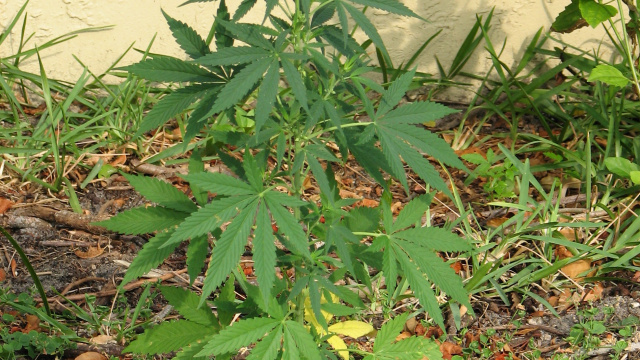You can’t visit a winery established in the 19th century without hearing about the heroic efforts made to preserve the ancient vines that provide the grapes, which with time and care, produce wine. From 1920 until 1933, the manufacture, sale and transportation of alcohol within the USA was prohibited. So called “Prohibition” was an effort to control the u se of alcohol, especially among the working classes. Its roots stretch even earlier in our history. Before Prohibition began, the brewing, wine-making and distillery businesses in the nation represented about 14 percent of the economy, and employed thousands. It took the Great Depression to convince voters that maybe Prohibition was not such a good idea.
se of alcohol, especially among the working classes. Its roots stretch even earlier in our history. Before Prohibition began, the brewing, wine-making and distillery businesses in the nation represented about 14 percent of the economy, and employed thousands. It took the Great Depression to convince voters that maybe Prohibition was not such a good idea.
Prohibition began with the ratification of the 18th Amendment to the Constitution. Interestingly, drinking itself was never made illegal. Those who had the money could continue to consume alcohol as they pleased, from private stocks. Every President during the period, and over 80 percent of Congress had their own private stashes of alcohol. The people affected by this law were the working classes and the poor. The original thought was that if the sale of alcohol was made illegal, people would not consume it. We could control the risk of alcoholism, and reduce the problems often associated with it. Instead, people went to extremes to obtain it.
The advent of Prohibition was a bonanza for organized crime, bootleggers, and of all things, Canadian manufacturers.
Canada and other neighbors like Mexico never made the manufacture and sale of alcohol illegal. Alcohol was bootlegged into this country and then sold at great (non-taxed) profit, estimated by the end of prohibition to exceed $2 billion a year. Hence, the rise of Al Capone and the so-called mob. Home distilling became popular, and thousands died because of the lack of regulation.
Prohibition was repealed in 1933 with the 21st Amendment to the Constitution, in the heart of the Great Depression. Budweiser sent a truck-load of beer to the White House to honor the occasion, delivered by their famous Clydesdales.
We face a similar situation today around the pros and cons of the legalization of marijuana. An article in Sunday’s New York Times (”Cities Balk as Federal Law on Marijuana Is Enforced”) highlighted Arcata in the discussion about medical marijuana clinics. Many states, along with California, have decided that marijuana, at least for medical reasons, should be legal. Though the voters have spoken, the federal government continues to enforce its rules. Not unlike drinkers during Prohibition, marijuana users are forced to go underground. Illegal grow houses and trespassing on public lands are the result, with huge profits for those willing to take the risk. Needless to say, none of this is taxed or regulated.
Do we really want to continue down this road? No one benefits. Private citizens, not to mention law enforcement officials, are at constant risk because of people cultivating marijuana illegally, whether in grow houses which have become ubiquitous, or on public lands. Marijuana isn’t going away, no matter what the federal government says. The alternative to regulation is no regulation, and the chaos we experience is the result. Surely local governments are better able to determine which clinics are legitimate and which are not. By blindly threatening every clinic, as has become the federal government’s policy today, we shoot ourselves in the foot. The rich, as usual, can do pretty much what they want, as they always have. It is the medically legitimate marijuana users who are forced underground, into the black market, much as in Prohibition days.
For a small town, Arcata has a big reputation. We are known for many things, from big trees and beautiful beaches, to being capitol of the so-called “Emerald Triangle.” Perhaps we can also help the nation move forward in meaningful dialogue about the so-called war on drugs.
Source: Times-Standard (Eureka, CA)
Copyright: 2012 Times-Standard
Contact: http://www.times-standard.com/writeus
Website: http://www.times-standard.com/
Author: Eric Duff



Leave a Reply